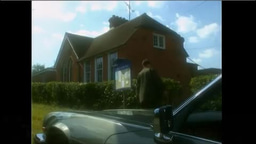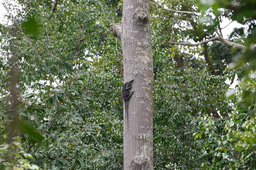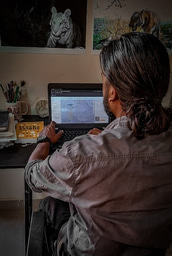
Hello, my name is Adil Arif and I am in the final stages of completing my MSc in Wildlife Conservation Action. My interest in conservation has been fueled by my strong passion for understanding and conserving wildlife. I am committed to accomplishing this through educational outreach and hands-on conservation initiatives.
Educated in Science at the Institute of Basic and Vocational Education, I further sharpened my field skills, interning with the Nature Conservation Foundation on leopard ecology, mastering camera trapping and data analysis.
My connection with wildlife was sparked in sixth grade as a volunteer with People For Animals and has only grown. Devoting my free time to various organisations, I've been on the front lines of wildlife rescue and urban wildlife rehabilitation. At the BBMP Forest Cell, I acquired critical skills in urban wildlife management and conflict mitigation, coupled with conducting educational programs on living in harmony with nature.
As a certified Naturalist, I've educated diverse audiences on the splendours of India's flora and fauna and supported the forest department in research and community support.
My dedication to wildlife conservation is more than a profession; it's a personal calling that's been intertwined with my life and work.



Please sign in or register for FREE
If you are a registered user on WildHub, please sign in
Welcome to WildHub, Adil!
Thank you Lara
A warm welcome to WildHub, Adil! Great to have you join us and thank you for sharing about your background! Which lessons learned could you share on urban wildlife management and conflict mitigation that you think could benefit other professionals working in this area? It would be useful to learn more from you and your work.
Perhaps of interest to you are our WildHub socials which is an informal and easy-going way to network with other members. Upcoming socials are advertised here. Let us know if you have any questions.
Hi Thirza,
Yes of course i would love to share some lessons learnt!
It is of utmost importance to educate and engage the local community after a rescue operation, depending on the condition of the animal. With India's rapidly increasing population, it is critical to control crowds effectively during negative interactions, such as when a cobra enters a house and the entire neighborhood gathers. Ineffective crowd control can lead to a risk of harm to both the animal and people. The key to a successful and safe rescue is effective communication with the crowd and adaptation to the unique situation. While carrying equipment and tools may not always be helpful, as a rescuer, it is vital to think quickly and provide emergency care for the animal.
One crucial lesson I learned while growing up was that data collection was not a standard procedure of the government, and this hindered our ability to address negative interactions and understand their underlying causes. Due to strict legislation, monitoring of the rehabilitated and released animal was not taken into consideration.
Effective communication and collaboration with wildlife hospitals are essential for a successful rescue operation.
Thanks so much for sharing your experiences and insights @Adil Arif . I would like to connect you to @Uchenna H Anyaorah who is part of our Conservation Catalyst team and is currently looking at similar topics: perhaps you two would be interested in publishing an insight interview on this topic together on WildHub?
Thank you, Thriza i will connect with @Uchenna H Anyaorah .
Hi Adil, Welcome to the WildHub community! Working close to leopards must've been such a thrilling experience. Looking forward to hearing more about your work in conservation.
Thank you, Chrissy, for the warm welcome. It was a thrilling experience to work with leopards that coexist with humans.
warm welcome Adil.
Hello Uchenna thank you for the warm welcome we should connect.
anytime Adil. its uchevet@gmail.com